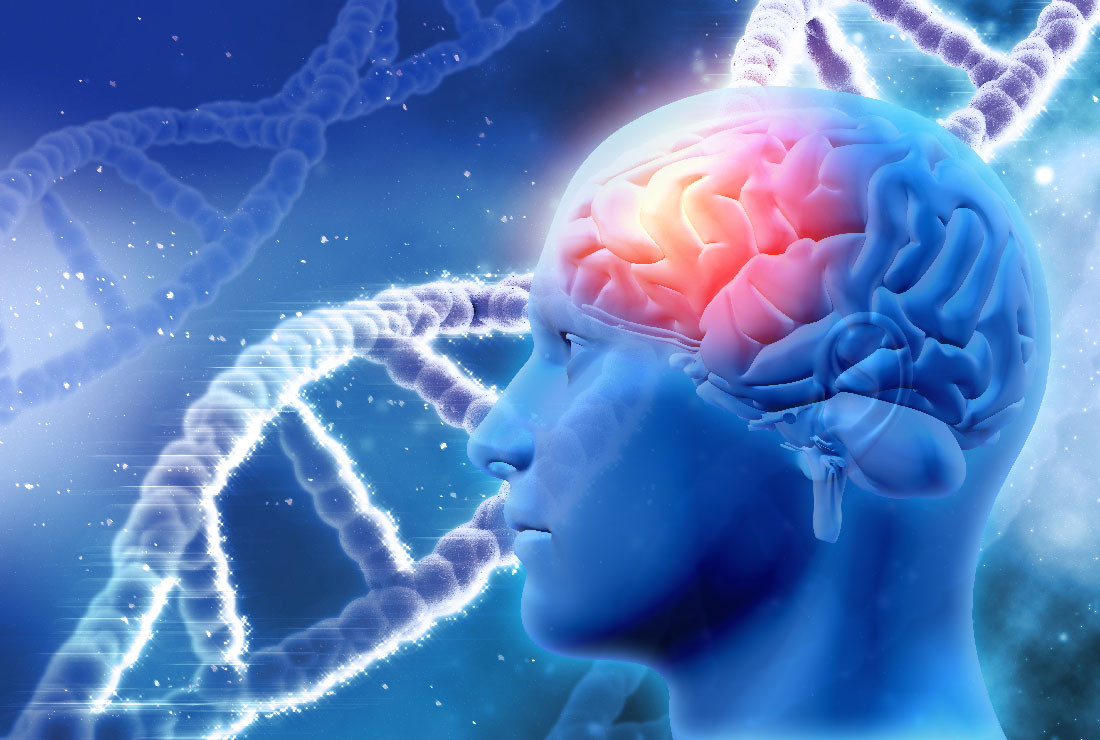Fahr’s Disease: Symptoms, Causes, Treatment
What are the symptoms of Fahr’s disease?
Fahr’s disease, also known as bilateral striatopallidodentate calcinosis, is a rare neurological disorder characterized by abnormal deposits of calcium in the brain. The symptoms of Fahr’s disease can vary widely among affected individuals, but some common symptoms may include:
- Movement problems: These can include stiffness, tremors, difficulty coordinating movements (ataxia), and involuntary muscle contractions (dystonia).
- Cognitive impairment: Fahr’s disease can lead to changes in cognition, including memory problems, difficulty with reasoning and judgment, and changes in behavior and personality.
- Mood disorders: Depression, anxiety, and other mood disorders can occur in individuals with Fahr’s disease.
- Speech and language difficulties: Some individuals with Fahr’s disease may experience slurred speech, difficulty finding the right words, or other speech and language problems.
- Seizures: Seizures can occur in some individuals with Fahr’s disease.
- Movement disorders: In some cases, individuals with Fahr’s disease may develop movement disorders such as chorea (involuntary, irregular movements), ballismus (flinging movements), or athetosis (slow, writhing movements).
- Cognitive decline: Progressive cognitive decline can occur in some individuals with Fahr’s disease, leading to dementia in severe cases.
It’s important to note that the symptoms of Fahr’s disease can vary widely, and not all individuals will experience all of these symptoms. The age of onset and rate of progression of the disease can also vary. Treatment for Fahr’s disease typically focuses on managing symptoms and may include medications to control movement disorders, seizures, or mood disorders, as well as supportive therapies to help manage cognitive and behavioral symptoms.
What are the causes of Fahr’s disease?
Fahr’s disease is thought to be caused by a combination of genetic and environmental factors, but the exact cause is not fully understood. Some possible causes and contributing factors may include:
- Genetic mutations: Mutations in certain genes have been associated with Fahr’s disease. For example, mutations in the SLC20A2 gene have been found in some individuals with Fahr’s disease. This gene is involved in the regulation of phosphate levels in the body, and mutations in this gene may lead to abnormal calcium deposition in the brain.
- Metabolic disorders: Fahr’s disease has been associated with certain metabolic disorders, such as hypoparathyroidism (low parathyroid hormone levels) and pseudohypoparathyroidism (a condition that mimics hypoparathyroidism).
- Autoimmune disorders: Some researchers believe that Fahr’s disease may have an autoimmune component, where the immune system mistakenly attacks the body’s own tissues, including the brain.
- Environmental factors: Environmental factors, such as exposure to toxins or infections, may play a role in the development of Fahr’s disease, but more research is needed to understand these potential triggers.
- Family history: Fahr’s disease can run in families, suggesting that there may be a genetic component to the disorder. However, not all individuals with a family history of Fahr’s disease will develop the condition.
It’s important to note that Fahr’s disease is rare, and not all individuals with the genetic mutations associated with the condition will develop symptoms. More research is needed to fully understand the causes of Fahr’s disease and to develop effective treatments.
What is the treatment for Fahr’s disease?
There is currently no cure for Fahr’s disease, and treatment focuses on managing symptoms and complications. Treatment approaches may include:
- Medications: Medications may be prescribed to manage symptoms such as movement disorders (e.g., tremors, dystonia), seizures, and mood disorders (e.g., depression, anxiety). The specific medications prescribed will depend on the individual’s symptoms and needs.
- Physical therapy: Physical therapy can help maintain muscle strength, flexibility, and mobility, and may also help improve balance and coordination.
- Speech therapy: Speech therapy may be beneficial for individuals with Fahr’s disease who experience speech and language difficulties.
- Occupational therapy: Occupational therapy can help individuals develop strategies to manage daily activities and improve independence.
- Seizure management: Seizures in Fahr’s disease may be managed with antiepileptic medications.
- Psychological support: Coping with a progressive neurological disorder can be challenging, and individuals with Fahr’s disease may benefit from psychological support and counseling.
- Symptom management: Other symptoms and complications of Fahr’s disease, such as cognitive decline and mood disorders, may also be addressed through a combination of medications, therapy, and supportive care.
It’s important for individuals with Fahr’s disease to receive regular medical care and monitoring to manage symptoms and address any complications that may arise. The specific treatment plan will depend on the individual’s symptoms, overall health, and other factors, and may need to be adjusted over time as the disease progresses. Be sure to follow your healthcare provider‘s guidance.




